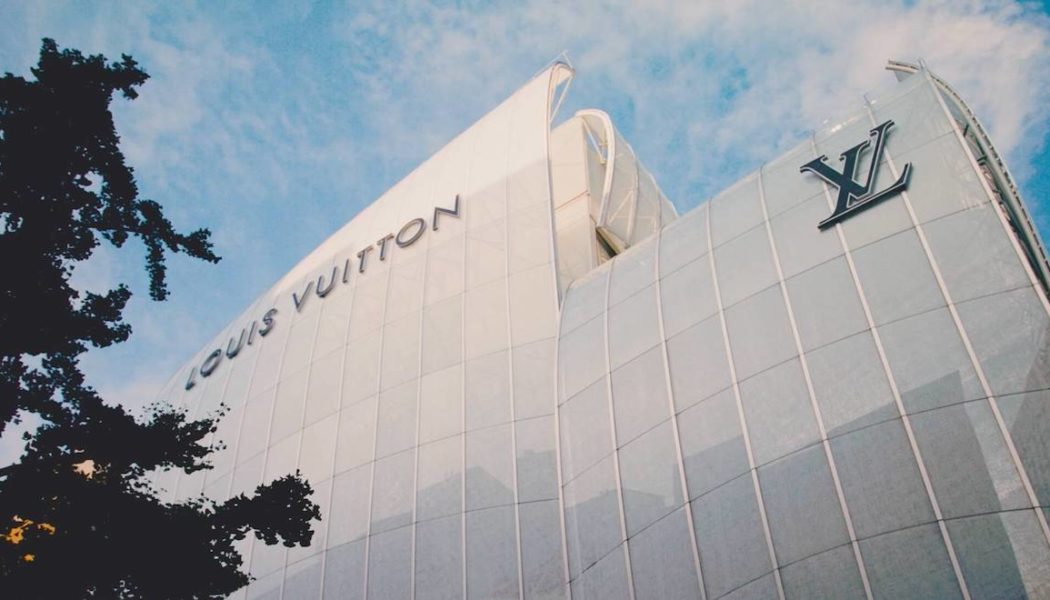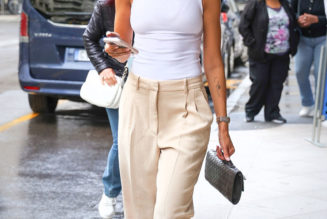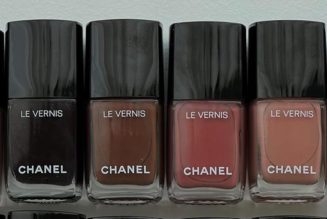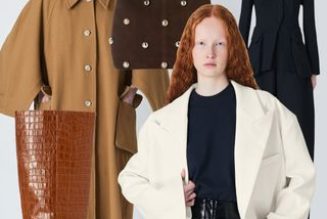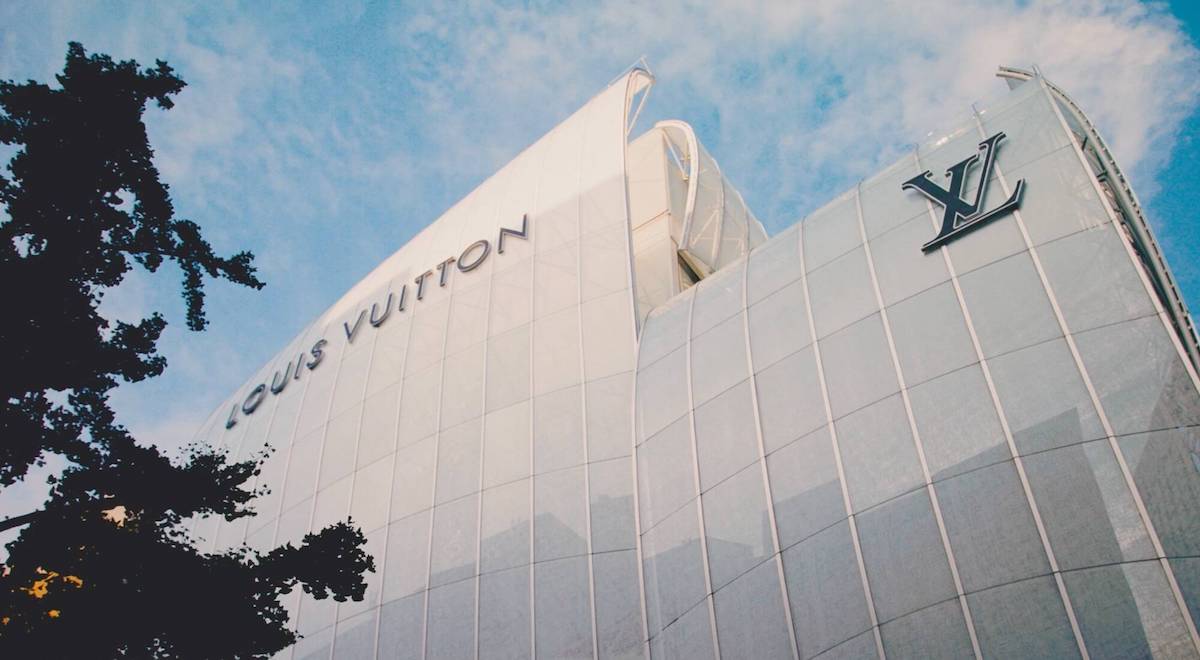
While luxury’s biggest players started to feel a pinch last year, they are now starting to stage a comeback.
Over the past few weeks, luxury companies have largely reported successful financial results. LVMH, which owns Louis Vuitton and Christian Dior, posted a 10% rise in fourth-quarter sales and a record year overall. Ralph Lauren’s net revenue jumped 6% to $1.9 billion during its fiscal third quarter. Tapestry, the parent company of Coach, lifted its annual profit forecast after beating estimates, and Hermes’ full-year revenue increased 21%.
There are still exceptions, however. Capri Holdings, which has been plagued by issues with Michael Kors, reported a 5.6% decline in quarterly revenue on a reported basis. Kering, which owns Gucci, reported that its full-year revenue was down 4% year-over-year. But, Kering is focused on reviving Gucci, despite “some pressure on our result in the short term,” CEO Francois Henri Pinault said. Gucci, unlike some of its peers, recently sold many products at an entry-level price point, although it is now increasingly focusing on higher-end shoppers via offerings like private salons.
Luxury as a whole is widely considered “recession proof” due to the fact that its shoppers tend to have more discretionary income. As recently as 2022, luxury sales surged as customers bought products like handbags and shoes. But, in the latter half of 2023, luxury sales started to slip, reversing gains they had made during the pandemic as demand began to normalize. In October, LVMH reported that its growth had significantly slowed, sending investors into a panic and triggering a $245 billion selloff across other luxury players.
Today, the luxury landscape remains challenged, although it is picking up. The luxury sector is expected to grow 3% to 5% in 2024, compared with 5% to 7% percent in 2023, according to McKinsey. It makes Nora Kleinewillinghoefer, partner at Kearney, “cautiously optimistic,” she told Modern Retail. “If you can really connect to a consumer and a consumer segment and provide them a very clear value proposition, I think you’re going to be successful,” she said. “I think it’s the brands that are kind of the middle-of-the-road that are going to struggle.”
Each luxury company’s current financial picture is different. LVMH, for example, has been buoyed by the success of Sephora, which it says saw “exceptional performance” in 2023 and “another historic year, both in terms of sales and profit.” However, there are some commonalities among the companies, particularly when it comes to performance in China and reliance on direct-to-consumer. Here’s some trends that luxury players are seeing in the space and what other patterns are set for the year to come.
Recovery in China
For years, luxury goods companies have relied on China, the world’s second-largest economy, for growth. In 2023, mainland China accounted for some 16% of the luxury purchases in the world, a number that is expected to reach 24% to 26% by 2030, per Bain.
When China reopened its borders after Covid, luxury sales surged. Still, there has been a recent decline in the number of shoppers buying luxury goods in China, especially due to economic uncertainty stemming from high inflation, an unstable real estate market and rising numbers of youth unemployment.
This past quarter, many luxury players saw growth in China during the holiday season. Tapestry saw its sales in China jump 19% year-over-year, thanks to “an uptick in travel spend from [the] mainland China tourist,” chief financial officer Scott Roe said. Ralph Lauren said that constant-currency sales in China were up more than 30% year-over-year. LVMH has “significant growth with Chinese customers, which continues unabated,” chief financial officer Jean-Jacques Guiony told Reuters.
Still, there’s reason to be cautious about a total comeback, executives said. “While these trends have been encouraging, sales to Chinese tourists globally remain well below pre-pandemic levels, representing further opportunity ahead,” Tapestry’s Roe mentioned.
Analysts echoed this sentiment. “I think that it’s a little bit too early to tell, because the market in China has been volatile with consumers, similar to North America,” Jessica Ramírez, senior research analyst at Jane Hali & Associates, told Modern Retail. And, considering the ongoing challenges in China, “I think the historic reliance on China as the growth engine… is a question,” Kleinewillinghoefer said.
“I’m not by any stretch suggesting that they shouldn’t continue to invest in China at this stage,” Kleinewillinghoefer added. “However, I think it’s really important to recognize that there are growing and diversifying markets.” For instance, the luxury market in the Middle East is taking off, especially in the UAE and Saudi Arabia. It is expected to double in size by 2030, according to Boston Consulting Group.
Deepening direct-to-consumer
Today, several luxury companies say direct-to-consumer channels like stores and their online websites are helping to boost sales.
Ralph Lauren delivered its “strongest growth in new customer acquisition and loyalty since the pandemic” with 1.7 million new DTC consumers during the quarter, according to its financial results. Meanwhile, Tapestry’s DTC business for the quarter grew 4%. Kering said that 2023 sales from its “directly-operated retail network,” which includes e-commerce, were stable on a comparable basis.
Ramírez attributes the rise in DTC sales to an increase in experiential retail. “DTC, in terms of digital and in terms of retail stores, they are offering a better experience. You get product that is special, along with the service,” she said. “When you shop luxury, you want to be wined and dined before you buy something. I think that lifestyle and that experience, that retail theater, has really come back in luxury.”
Wholesale also remains a challenging channel for many luxury companies. Tapestry’s wholesale business for the quarter declined 4%, while Kering’s revenue from wholesale and other channels fell 11% in 2023. Much of this is due to pressure in North America, Ramírez explained, and not all brands sell via wholesale channels in Europe.
Eyes on M&A
Looking ahead, the rest of 2024 is set to be a major year for luxury mergers and acquisitions, resulting in a reshuffling of the luxury landscape. Tapestry and Capri, for example, are becoming a $8.5 billion mega-company with a portfolio that includes Michael Kors, Versace and Kate Spade. The deal is expected to close mid-2024. Meanwhile, in early January, L’occitane Group acquired the Italian luxury home fragrance brand Dr. Vranjes Firenze.
Other luxury deals popped up throughout 2023. L’Oreal bought Aesop in August for $2.58 billion, while Kering bought a 30% stake in Valentino in November for €1.7 billion ($1.83 billion) in cash. In October, Burberry acquired its Italian supplier Pattern for some €21 million ($29.13 million). “Those bigger transactional activities, I think that’s going to continue,” Kleinewillinghoefer said.
At the same time, she pointed out, with these deals come cost-cutting measures. Layoffs are already happening across several luxury retailers, even ones not involved in mergers or acquisitions. Neiman Marcus eliminated an unspecified number of corporate staff in August, while Saks.com laid off 100 employees last January and 90 fulfillment workers in November.
